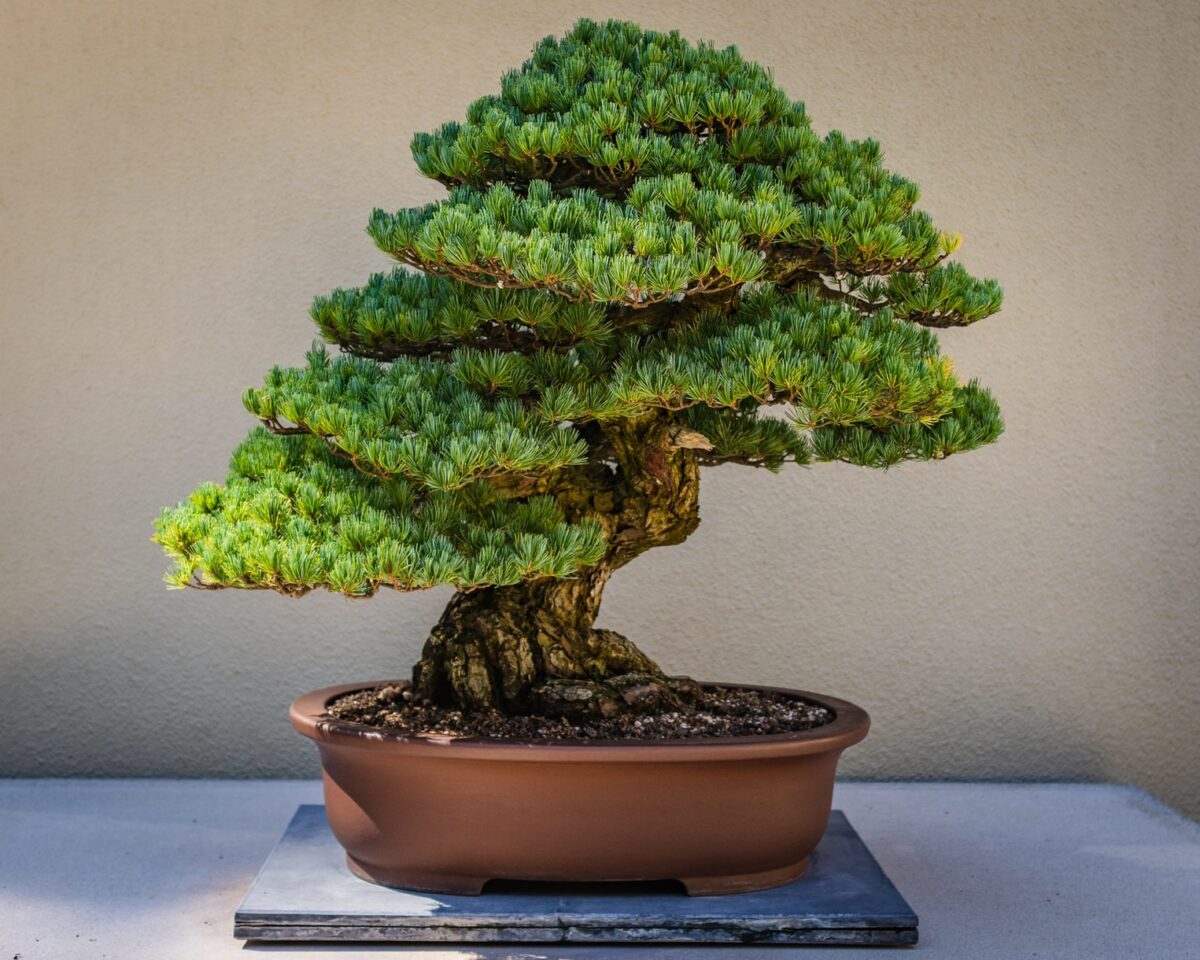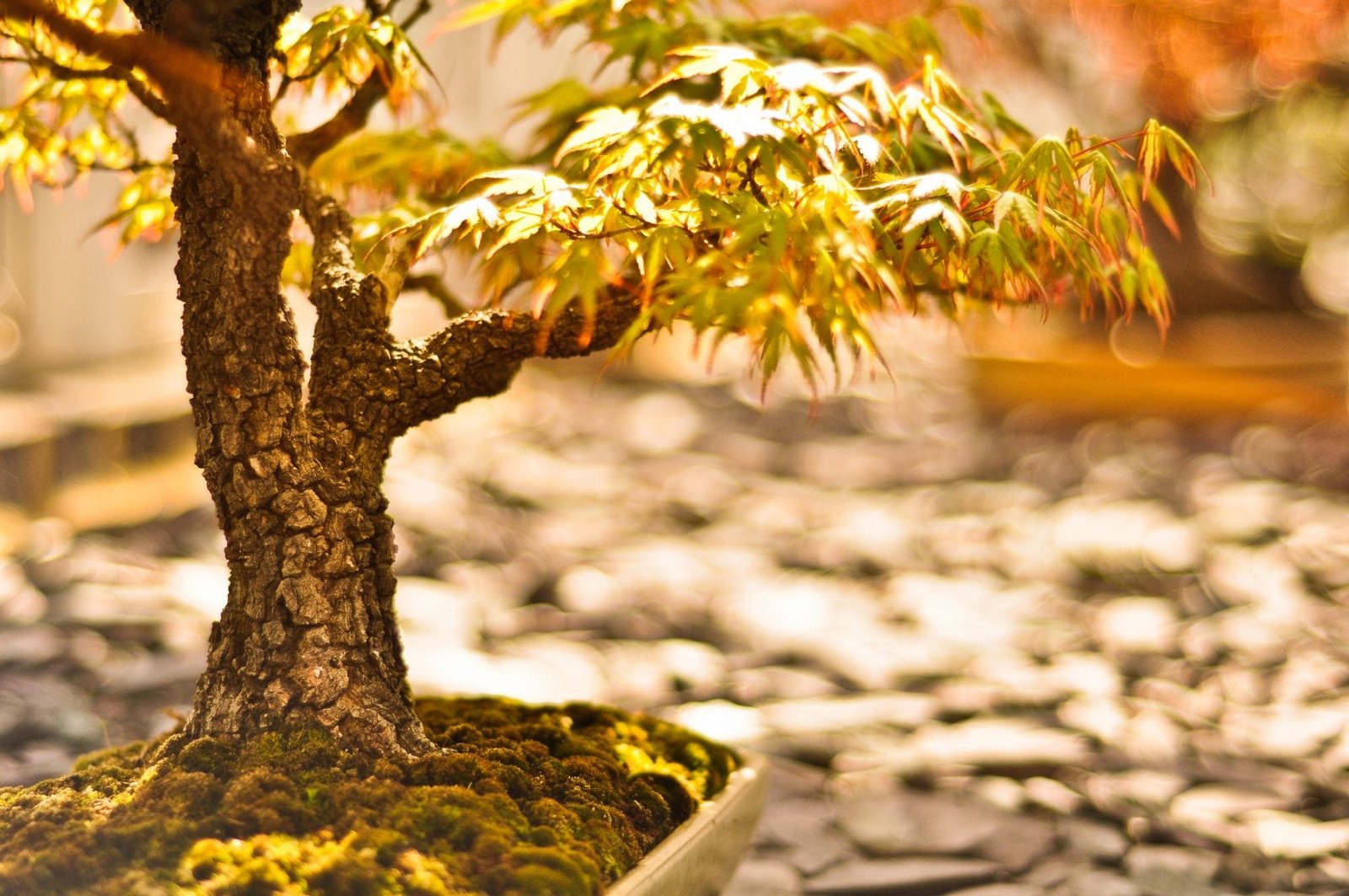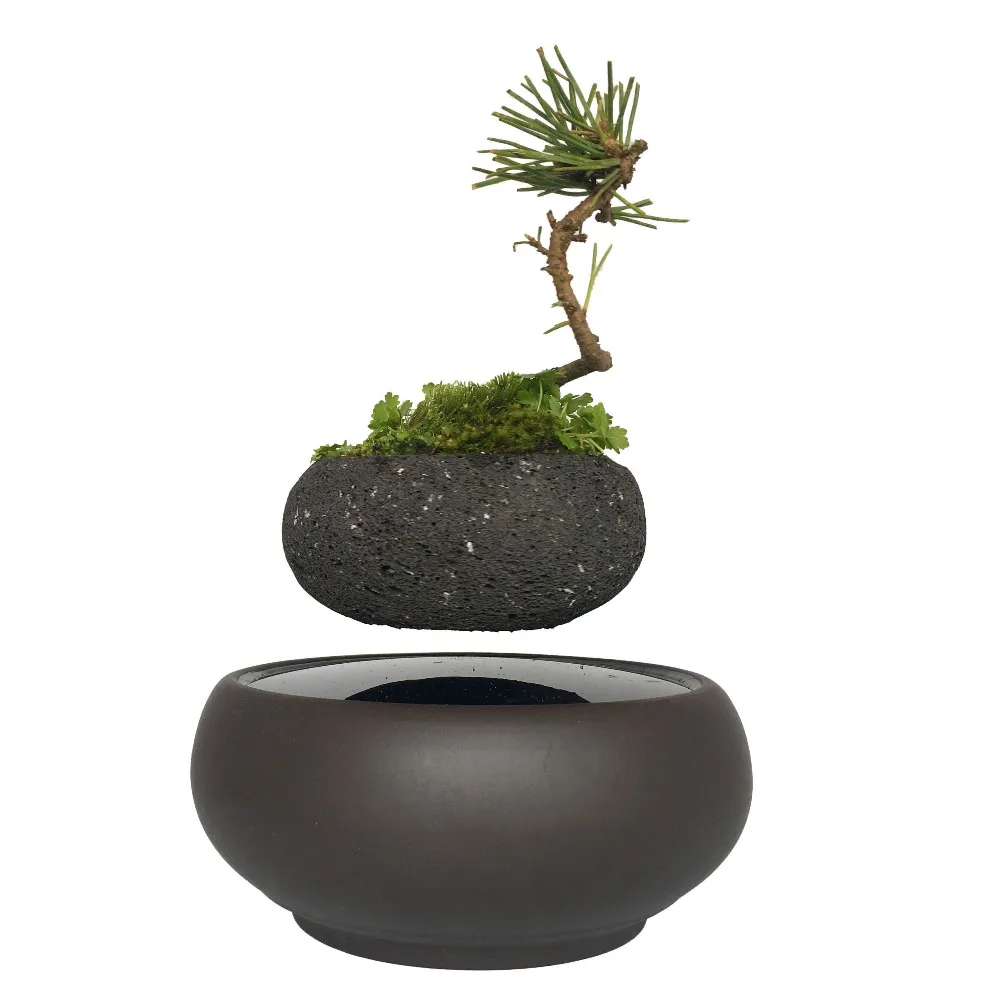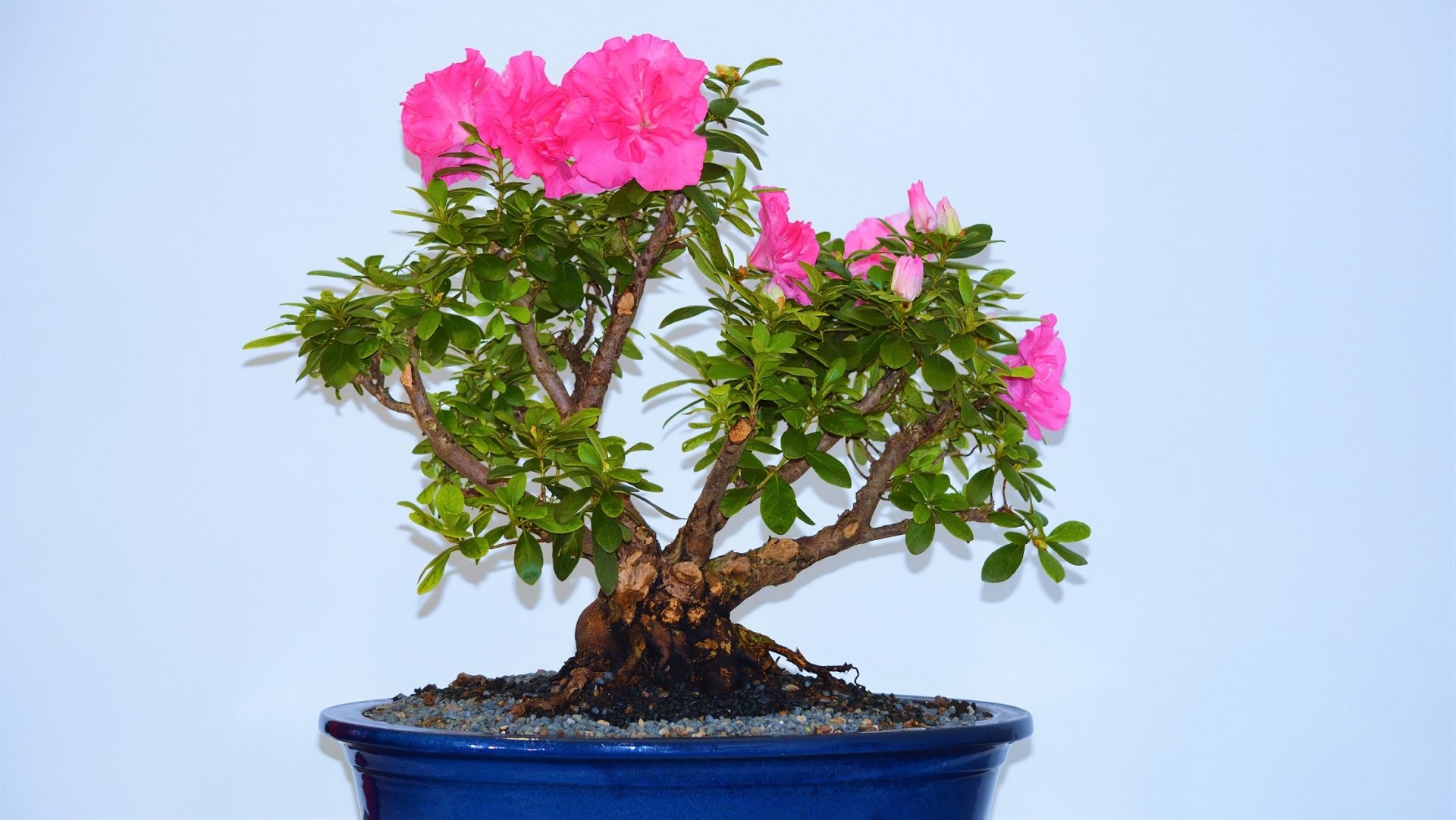Bonsai aesthetics
Table of Contents
Table of Contents
Bonsai tree aesthetic is a traditional art form originating in Japan that has captivated people around the world. The art of bonsai involves growing miniature trees in containers, often resembling the shapes and structures of full-sized trees. But bonsai tree aesthetic is more than just a hobby or an art form—it’s a lifestyle that requires patience, dedication, and a keen eye for detail.
Challenges and Rewards of Bonsai Tree Aesthetic
The challenges of bonsai tree aesthetic are many. It requires a lot of time and effort to cultivate, prune, and shape these miniature trees. There’s also a high risk of failure and disappointment, especially for beginners who may not yet have the skills or knowledge needed to care for their bonsai properly.
But the rewards of bonsai tree aesthetic are equally impressive. Watching a bonsai tree grow and develop over time can be an incredibly rewarding experience, as can the satisfaction of shaping and maintaining a beautiful work of living art.
What is the Target of Bonsai Tree Aesthetic?
The target of bonsai tree aesthetic is to create a miniature representation of nature that reflects the beauty and harmony of the natural world. Through careful cultivation and pruning, bonsai artists aim to create a living work of art that captures the essence of a full-sized tree in a much smaller space.
Main Points about Bonsai Tree Aesthetic
At its core, bonsai tree aesthetic is about creating a miniature natural world that embodies the principles of balance, harmony, and beauty. Through careful cultivation, pruning, and shaping, bonsai artists can create living works of art that inspire and captivate people around the world. Whether you’re a seasoned bonsai pro or just starting out, exploring the art of bonsai is a journey full of challenges, rewards, and endless possibilities.
The Art of Patience
One of the most important aspects of bonsai tree aesthetic is patience. As a bonsai artist, you must be willing to take your time and let your tree develop at its own pace. Rushing the process can lead to mistakes and setbacks, while a patient and steady approach can help you create a masterpiece of living art.
 One personal experience of mine with bonsai is when I started growing my first bonsai tree, I was impatient and did not give enough time for the tree to establish its root system. As a result, my tree wilted and died after a few weeks. This taught me the importance of patience in bonsai tree aesthetic and the need to respect the natural growth cycle of each tree.
One personal experience of mine with bonsai is when I started growing my first bonsai tree, I was impatient and did not give enough time for the tree to establish its root system. As a result, my tree wilted and died after a few weeks. This taught me the importance of patience in bonsai tree aesthetic and the need to respect the natural growth cycle of each tree.
The Art of Shaping
Another crucial aspect of bonsai tree aesthetic is shaping. Through careful pruning and shaping, bonsai artists can create trees that resemble the natural world in miniature form. Whether you’re shaping a pine tree, a maple tree, or any other species, the key is to understand how each tree naturally grows and adapts to its environment.
 One personal experience of mine with bonsai is when I decided to create a bonsai tree in the shape of a dragon. It was a challenging process, but with careful shaping and pruning, I was able to create a beautiful work of living art that captured the essence of this mythical beast.
One personal experience of mine with bonsai is when I decided to create a bonsai tree in the shape of a dragon. It was a challenging process, but with careful shaping and pruning, I was able to create a beautiful work of living art that captured the essence of this mythical beast.
The Elements of Bonsai Tree Aesthetic
There are many elements to bonsai tree aesthetic, including size, shape, color, texture, and balance. Each of these elements plays a critical role in creating a beautiful and harmonious work of living art. When cultivating a bonsai tree, it’s important to pay attention to all of these elements and to work with nature to create a miniature masterpiece.
 #### The Importance of Soil and Watering
#### The Importance of Soil and Watering
Two critical aspects of bonsai tree aesthetic that are often overlooked are soil and watering. The soil must be well-draining and provide adequate nutrients for the tree’s growth, while watering must be done properly to avoid overwatering or underwatering the tree. It’s important to strike a balance between the two to ensure healthy growth and development.
The Beauty of Bonsai Tree Aesthetic
Bonsai tree aesthetic is a beautiful and inspiring art form that has captivated people around the world for centuries. Through patience, dedication, and a keen eye for detail, bonsai artists can create living works of art that embody the principles of balance, harmony, and beauty. Whether you’re a bonsai pro or just starting out, exploring this art form is a journey full of possibilities and rewards.
 Question and Answer
Question and Answer
What is the history of bonsai tree aesthetic?
Bonsai tree aesthetic originated in China more than a thousand years ago, but it was popularized and refined in Japan during the Kamakura period (1185-1333 CE).
What types of trees can be used in bonsai tree aesthetic?
Almost any woody plant can be used in bonsai tree aesthetic, including pine, spruce, juniper, maple, and elm, among others.
What are some common mistakes people make in bonsai tree aesthetic?
Some common mistakes include overwatering, underwatering, poor soil selection, and improper pruning or shaping.
What is the most important attribute for success in bonsai tree aesthetic?
The most important attribute for success in bonsai tree aesthetic is patience. It takes time and dedication to cultivate and shape these miniature trees, but the rewards are well worth the effort.
Conclusion of Bonsai Tree Aesthetic
Bonsai tree aesthetic is a rewarding and beautiful art form that has captivated people around the world for centuries. Through patience, dedication, and a keen eye for detail, bonsai artists can create living works of art that embody the principles of balance, harmony, and beauty. Whether you’re a bonsai pro or just starting out, exploring this art form is a journey full of possibilities and rewards.
Gallery
Bonsai Tree – A Traditional Japanese Art Form | Japan Wonder Travel Blog

Photo Credit by: bing.com /
400-year-old Bonsai Tree Worth $120K Stolen, Owners Beg Thieves To Water It - National

Photo Credit by: bing.com / bonsai getty forbes barton mulkey reid stolen thieves immagini undated fructiferi pomi globalnews 120k beg
Bonsai Aesthetics

Photo Credit by: bing.com / bonsai aesthetics
Pin By Sadik Pro On Aesthetic Bonsai | Bonsai Tree, Bonsai Tree Care, Indoor Bonsai

Photo Credit by: bing.com / bunjin serut mame
Bonsai! | Bonsai Tree, Japanese Bonsai, Bonsai Art

Photo Credit by: bing.com / bonsai tree aesthetic grow instagram






